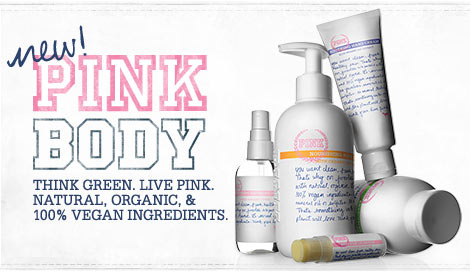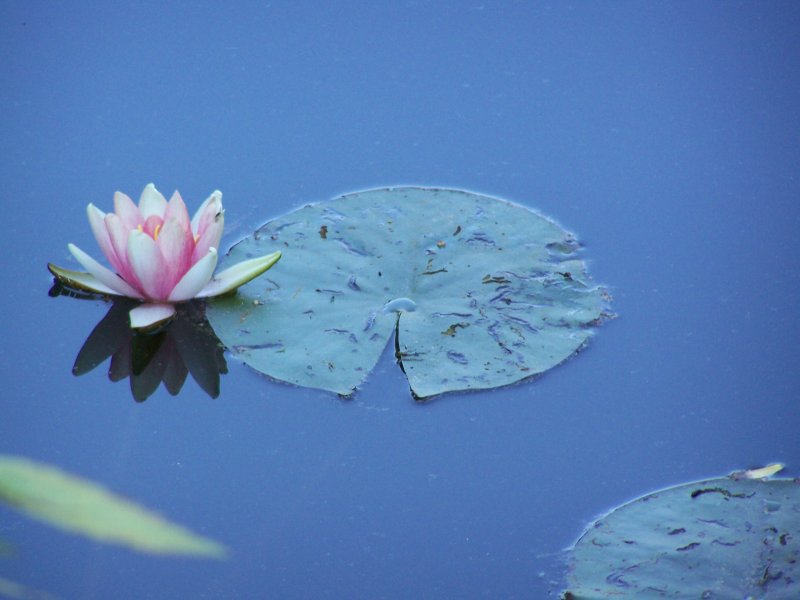 HGTV'S green house 2008>>>>>>>
HGTV'S green house 2008>>>>>>>Over the break I was watching tv with my mom, and we stopped on a show called Deserving Design on
HGTV. The episode was talking about this family who decided to change their home and go completely green. In the show the designer (Vern Yip) comes in and remodels a room(s) in the family's home. The way the family is choosen by how deserving they are and what they are doing or have done to make them eligible for a room make over. This family did a lot to help out the environment. From recycling, to going green with furniture, and using eco friendly light bulbs and fabrics. So the design team came in with a Eco friendly design and re-did two rooms in the family's home, a yoga room and a surprise room. It was really interesting to see how little changes can make the room more environmentally friendly and help out the earth by using less hazardous materials and more recycled materials. Starting with the paint, the designer used
VOC paint, which stands for volatile organic compounds. Some of the
benefits for using VOC paint include:
Health: Reduced toxins benefit everyone, including those with allergies and chemical sensitivities.
Environment: Reduces landfill, groundwater and ozone depleting contaminants.
Effective:Low-VOC products perform well in terms of coverage, scrubability and hideability (covering flaws on previous coats).
Water-Based: Easy cleanup wtih soap and warm water.
Little or No Hazardous Fumes: Low odor during application; no odor once cured. No off-gassing. Painted areas can be occupied sooner, with no odor complaints.
Not Deemed Hazardous Waste: Cleanup and disposal greatly simplified.
In the rooms they used antiques for the furniture, which is a great way to be eco friendly because they are all recycled. For the flooring, mainly in the yoga room, they covered it in organic bamboo. It actually looked pretty cool and was said to be environmentally responisible, or not harmful to the environment. As for some of the accents, they used beeswax candles which were all natural and for the curtians they used flax
fiber. Overall I found the episode really interesting and learned creative ways on how to make a home more eco friendly.





















